Traveling Between Uzbekistan and Romania
Here I highlight some of the differences but mostly the similarities between Romania and Uzbekistan.
Differences between Romania and Uzbekistan
First, Romania is in Eastern Europe, and Uzbekistan is in Central Asia. Check out the distance.
Furthermore:
-Romanians speak Romanian, a Romance language. Uzbeks speak Uzbek, a Turkic language.
-Romanians are 90% Eastern Orthodox. Uzbeks are 90% Muslim.
Nevertheless, as I wandered around Uzbekistan, I was struck by certain similarities with Romania, and not just because both countries are seismic. (In 2015 Uzbekistan had 83 earthquakes. Romania had 11.)
Similarities between Romania and Uzbekistan
First – and without going into a very complex history – (part of) Romania was under the Ottoman Empire for hundreds of years.
Uzbekistan was never under the Ottoman Empire, but as a Turkic culture it shares many things with other Turkic cultures in the region, namely food and language.
In Uzbekistan the first thing I saw on a menu was choban salatası, which I figured was a version of Romanian salată cioban ‘shepherd’s salad,’ and indeed it is:
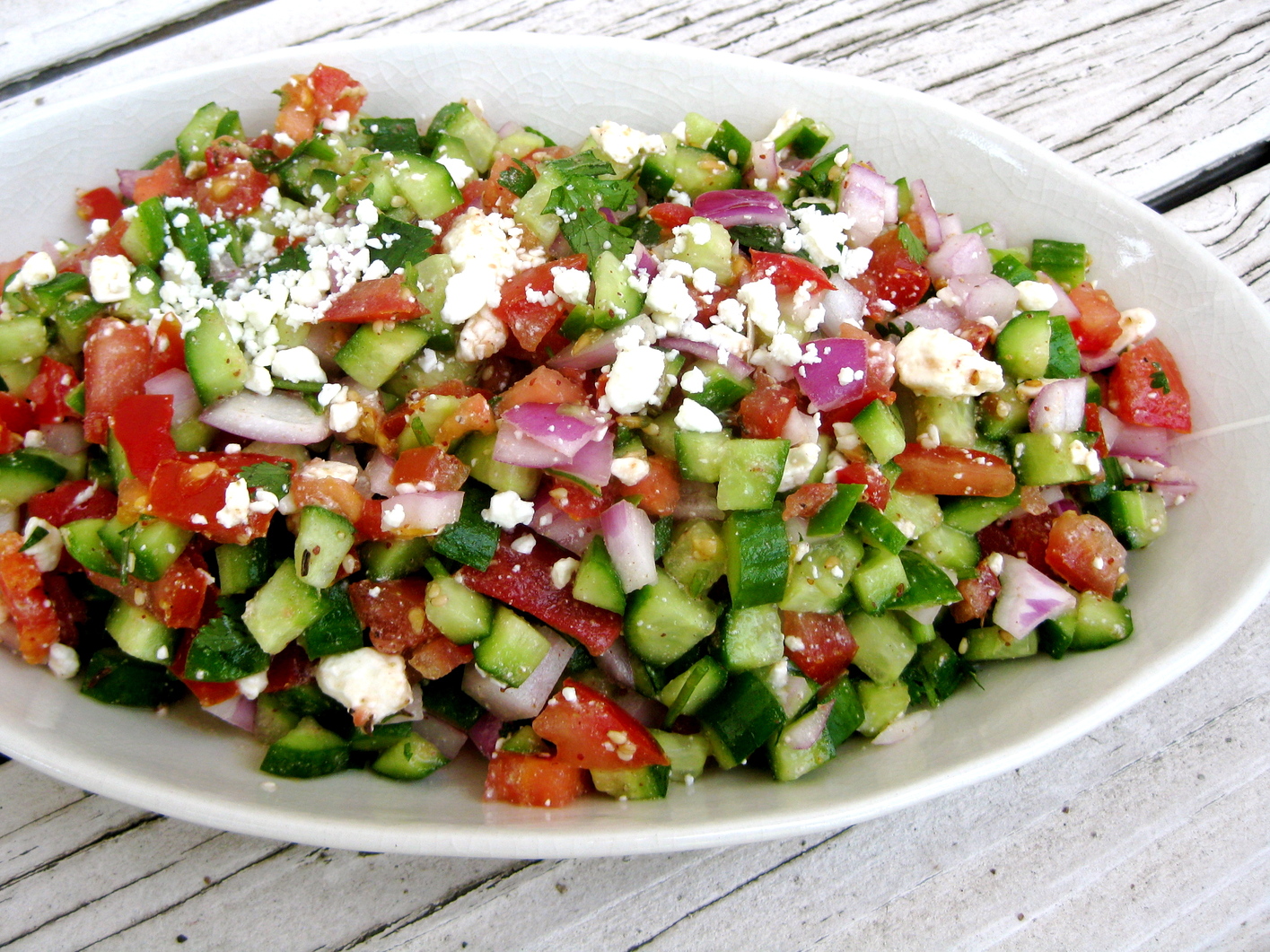
Turns out, the word for ‘shepherd’ in Romanian, namely cioban, is Turkish.
I already noted in a Azebaijan v Uzbekistan – a travel blog, that the food in Azerbaijan and Uzbekistan is similar. I’ll now add Romania to the mix. Shaorma – kebab stands – are all over Bucharest, as they are in Tashkent.
In Romanian perdele means ‘curtains,’ another Turkish word, as it turns out. I saw tons of PARDALAR shops in Uzbekistan, and sure enough they sell curtains.
Since I didn’t expect anything to look familiar in Uzbekistan, enough of these experiences readings menus and looking at storefronts made me think of the similarities between the two countries.
Communist Past in Uzbekistan and Romania
Second, both Romania and Uzbekistan experienced communism, and traces of its Communist past remain.
A simple example can be found in street names.
In Tashkent I happened upon Glinka Street. In Uzbek ko’chası means ‘street.’
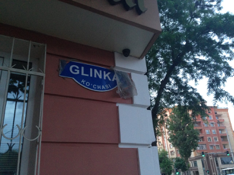
I have no idea why there’s that piece of plastic hanging from the end of the sign
There’s a Glinka Street in Bucharest, too:

In Tashkent, Glinka Street is associated with the traffic station where you pay your parking fines and speeding tickets.
In Bucharest Strada Glinka is in a neighborhood with streets named after composers: Puccini, Chopin, Mozart and the like.

Glinka (1804-1857) was a Russian composer.
I’m sure there are Glinka Streets all over the former Soviet Union.
Building Structures in Uzbekistan and Romania
In Tashkent, just like in Bucharest, there are rows of cement blocks (apartment buildings). I’ve already commented on “Soviet junk” in: Post-Communist Clean Up.
The difference in Uzbekistan is that the ends are often painted in fanciful ways.

Communism sure did like cement. All Romanian towns have a cement marker welcoming you to the town and wishing you drum bun ‘good road’ out of town. Here’s one from Bucharest:

And here’s the grand welcome sign for Moynaq, Uzbekistan:

Mostly the similarities between Romania and Uzbekistan stem from the fact that both are only 25+ years into their current market economies, and their developments are similar.
In Romania twenty years ago credit card transactions were rare. Today in Samarkand the use of credit cards is out of the question. In Tashkent it’s more prevalent but far from universal.
As recently as 2006 I bought my first apartment in Bucharest with actual euros – a sackful, in fact. The money was counted out on the table at the closing. Even today, Romania is much more of a cash economy than, say, the U.S.
Uzbek tourism is more advanced. There’s even a bullet train between Tashkent and Samarkand. Of course Uzbekistan has places like Samarkand and Bukhara that draw masses of tourists.

Romania has nothing similar, although Bran – supposedly Dracula’s Castle in Transylvania – does draw tourist buses.
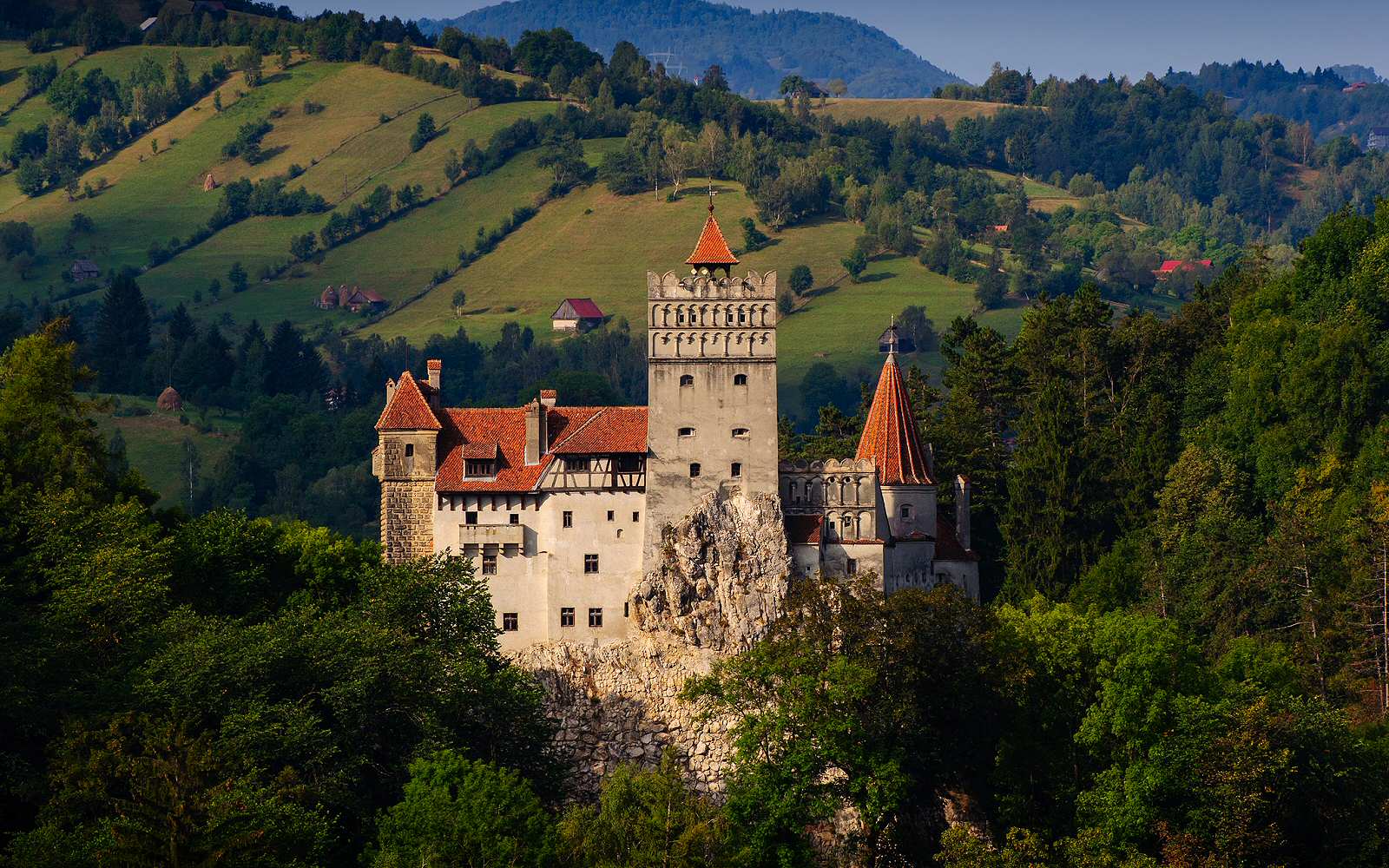
Romania does not yet have a full highway system, although there is now the Autostrada Soarelui (Sun Highway) from Bucharest to the resort towns on the Black Sea.
Hobbies and Crafts in Uzbekistan and Romania
In Uzbekistan, I was taken to see traditional crafts.
Bread making:

Here’s a close-up with the tandoor ‘clay oven.’
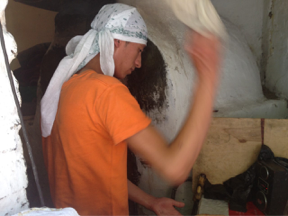
And paper making. This charming mill moves the stakes that pound the mulberry mash inside the house into liquid paper that is then dried:
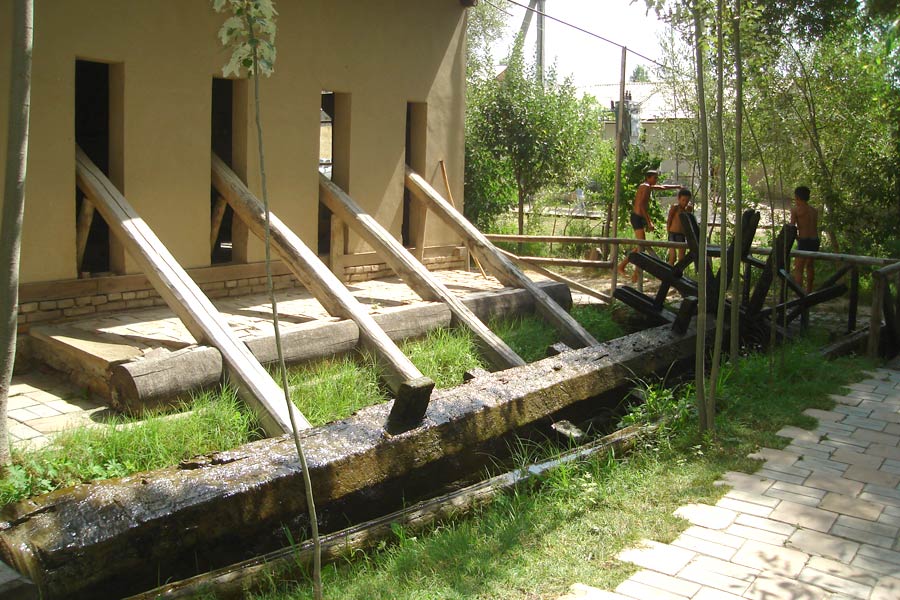
It was this rustic setting that reminded me most of Romania.
What to see in many places is not something grand and new but rather the simple pleasures of the way life was once lived everywhere and now is lived only certain places, like the Romanian or the Uzbek countryside.
Note: Any two countries that had been under both the Ottoman Empire and Communism would likely share these similarities. It’s just that Uzbekistan and Romania are the two in my most immediate experience.
See also: All My Asia Blogs
Want More From Julie? Read her Time Slip Series:
Get the first book: The Blue Hour on Amazon Today!
Categorised in: Adventure, Central Asia, Europe, Romania
This post was written by Julie Tetel Andresen
You may also like these stories:
- google+
- comment




